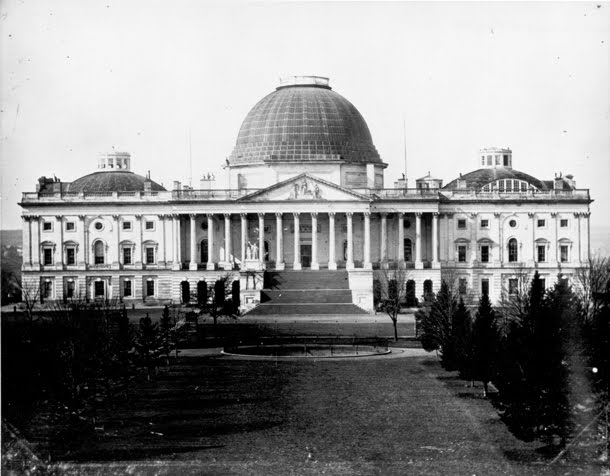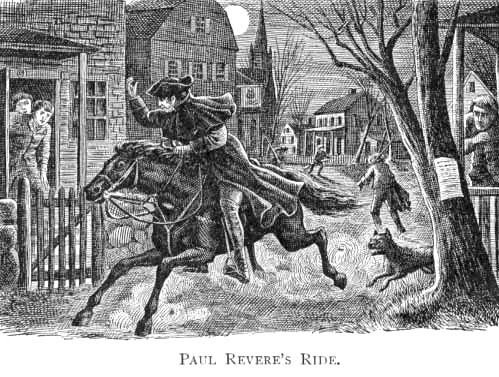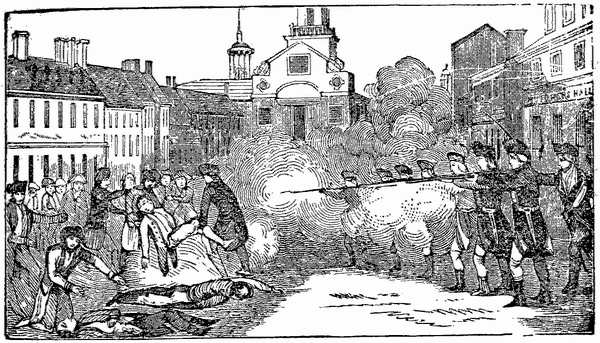From A Thousand Nations and Secession and Nullification--Facts and Information:
The Tenth Amendment was Bound to Fail
July 2, 2010
tags: Federalism, Secession, public choice, tenth amendment, Secession Week, robust federalism, implicit constitutional change, anti-federalism, states' rightsby Brad Taylor
.This post by Brad Taylor is part of Secession Week 2010: Federalism and Secession
Federalism can be seen as an attempt to get some of the benefits of large government while avoiding some of the costs: certain powers would be given to central government while others would be retained by states. The crucial question, though, is whether a robust federalism in which states retain significant independence is possible. I won’t attempt to answer that question here. Rather, I’ll suggest that the way the U.S. attempted to protect states’ rights, the Tenth Amendment, was bound to fail.
When America’s federal system of government was proposed, many predicted a slow centralization of power. Some of these people, referred to as “the anti-federalists,” produced rather prescient analyses of the dynamics of federal systems. Brutus (probably Robert Yates) made his views clear:
It is true this government is limited to certain objects, or to speak more properly, some small degree of power is still left to the states, but a little attention to the powers vested in the general government, will convince every candid man, that if it is capable of being executed, all that is reserved for the individual states must very soon be annihilated, except so far as they are barely necessary to the organization of the general government.
To placate the anti-federalists, the tenth amendment was added to the constitution. This explicitly stated that “the powers not delegated to the United States by the Constitution, nor prohibited by it to the States, are reserved to the States respectively, or to the people.” The problem with this protection, of course, was that the federal government had been given significant power in the form of an ability to tax and create rules binding upon all states. The tenth amendment is ultimately only words on paper. For it to be effective in protecting state autonomy, it had to be enforced. As the constitution shifted de facto power upwards to the federal level, the responsibility for enforcement followed. Militarily weak states cannot enforce their rights against a militarily strong federal government. To discover which powers are granted to which entities under the constitution, we can’t simply take the document at its word. Rather, we need to follow the money. The power to tax is of primary importance, as Brutus goes on to say:
The legislative power is competent to lay taxes, duties, imposts, and excises; — there is no limitation to this power, unless it be said that the clause which directs the use to which those taxes, and duties shall be applied, may be said to be a limitation: but this is no restriction of the power at all, for by this clause they are to be applied to pay the debts and provide for the common defence and general welfare of the United States; but the legislature have authority to contract debts at their discretion; they are the sole judges of what is necessary to provide for the common defence, and they only are to determine what is for the general welfare; this power therefore is neither more nor less, than a power to lay and collect taxes, imposts, and excises, at their pleasure; not only [is] the power to lay taxes unlimited, as to the amount they may require, but it is perfect and absolute to raise them in any mode they please.
… It might be here shewn, that the power in the federal legislative, to raise and support armies at pleasure, as well in peace as in war, and their controul over the militia, tend, not only to a consolidation of the government, but the destruction of liberty.
This is essentially the argument of rather more recent political economists such as Gordon Tullock and Anthony de Jasay: a rule enforced by the agent it is meant to constrain is no rule at all. De Jasay insists that if the dominant forces within society wanted the government to perform some action prohibited by the constitution, government is likely to ignore, change, or disingenuously interpret the constitution and perform the action anyway. Without an external enforcer, we’d need a constitutional rule “that is representative yet stands above interests, decisive yet benign, conflictual yet unanimous, square yet round.”
Constitutions can implicitly change over time, even as the document remains unchanged. Robert Higgs (in his chapter in this book) posits three loci of the constitution: the constitutional document itself, what the court says it is, and what the public thinks it is. Especially in times of emergency, the latter two loci drastically change and we see a distinct crisis constitution which increases government power. Voters panic and insist that something be done. Politician respond to this demand by doing something. Courts either share in the panic or are reluctant to strike down unconstitutional regulation for fear of being ignored and having their authority undermined. Once the crisis is over, some of the power might be returned to the people (or, in the case of the tenth amendment, to the states), but rarely all of it. We thus see a ratcheting up of government power. This seems particularly true of the division of powers between states and the federal government. As Anthony Gregory says:
During the Progressive Era, the federal government expanded in numerous ways, regulating trade, adopting an income tax, creating the Federal Reserve, and imposing new standards on industry for the production of foods and pharmaceuticals. Almost all these new federal programs and agencies were violations of the Tenth Amendment, which precludes the federal government from exercising any powers not explicitly delegated to it by the Constitution.
In domestic policy, the most significant “achievement” of the Progressives was alcohol prohibition, which so nakedly expanded federal power beyond constitutional limits that the Constitution had to be changed with the 18th Amendment, lest Americans simply refuse to put up with it. In banning alcohol, the politicians not only sought to modify the relationship between the federal government and the states and people – as spelled out in the Tenth Amendment – but also attempted to control individual lives and personal behavior. Many Americans had championed drinking alcohol as a personal right, unenumerated but fundamental. The Ninth Amendment exists for the sole purpose of protecting those rights of the people that are not specifically listed anywhere else in the Constitution. Thus, Prohibition and its enabling constitutional amendment not only altered the Tenth Amendment’s restraints on government, but the Ninth’s as well.
Since then, we’ve seen a further decline in state autonomy prompted by various panics over war, drugs, the economy, and terrorism. A whole bunch of current federal legislation today is unconstitutional.
Constitutional rules such as the tenth amendment could potentially have some impact on political outcomes by altering public opinion, but they are certainly not binding rules and only work if people retain, in the words of James M. Buchanan, a “constitutional attitude.” An abstract commitment to freedom among the people certainly seems like an unreliable means of protection when compared to something like the power of exit. When it comes to states’ rights, the people haven’t done much to prevent centralization of power.
Tacking an unenforceable rule meant to guarantee state autonomy to a document which otherwise centralized power was never going to create a robust form of federalism. If you think deals giving all the power to one party and leaving the other with no means of recourse are enforceable, have I got a deal for you!
Saturday, July 3, 2010
Subscribe to:
Post Comments (Atom)
.gif)






























No comments:
Post a Comment